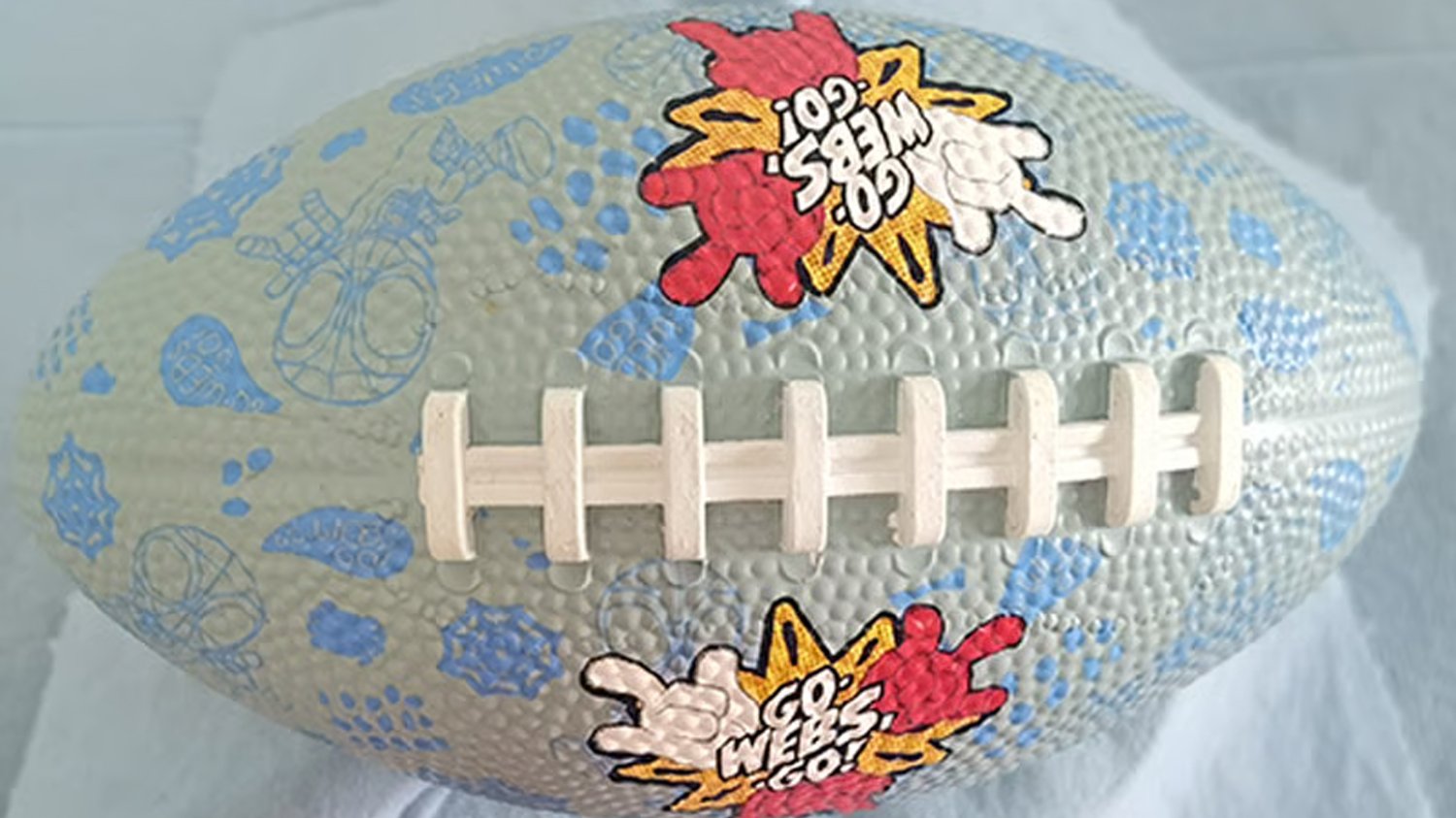Size: What is the Standard Football Size?
When it comes to football, size does matter. The standard football size for regulation play, whether it be in the NFL or at your local park, is defined as a "Size 5" ball. This size typically measures 27-28 inches in circumference and weighs approximately 14-16 ounces.
Weight: Understanding the Importance of Ball Weight
The weight of a football is crucial for players to have control over their passes and shots. Most official footballs weigh around 14-16 ounces, but did you know that a slightly heavier or lighter ball can have an impact on performance? Players often have preferences for the weight of the ball based on their playing style and position.
Official Specifications: What Makes a Football Regulation?
To be considered an official football used in competitive play, the ball must meet specific specifications set by governing bodies such as FIFA or the NFL. These regulations cover everything from the size and weight of the ball to the materials used in its construction.
Material: The Key Component of Football Construction
The material used to make a football can vary, but it typically consists of a combination of leather or synthetic materials. Leather footballs are known for their durability and superior performance, while synthetic balls may be more affordable and weather-resistant.
Inflation: Finding the Right Balance
The inflation of a football is another critical factor in its performance. An overinflated ball can be difficult to control and may bounce unpredictably, while an underinflated ball can feel sluggish and lack responsiveness. Finding the perfect balance is key for players and referees alike.
Brands: Which Companies Make the Best Footballs?
There are countless brands that produce footballs, but some have become synonymous with quality and performance. Brands like Nike, Adidas, and Wilson are known for their high-quality footballs that meet official specifications for size, weight, and construction.
Testing: Ensuring Consistency and Fairness
Before a football can be used in a game, it must undergo rigorous testing to ensure it meets official specifications. These tests involve measuring the size, weight, and inflation of the ball to guarantee consistency and fairness for all players.
Regulations: Why Size and Weight Matter
The regulations surrounding the size and weight of a football are in place to ensure a level playing field for all athletes. By adhering to these standards, players can focus on their skills and strategy without worrying about the equipment they are using.
Variations: Exploring Different Football Sizes
While the standard football size is Size 5, there are variations available for different age groups and playing conditions. Size 3 and Size 4 balls are commonly used in youth leagues, while Size 2 mini balls are perfect for training drills and skill development.
Customization: Tailoring the Ball to Your Needs
Some players prefer to customize their footballs to meet their specific preferences for size, weight, and design. Many companies offer customization options, allowing players to create a ball that suits their individual playing style and personality.
Quote Inquiry
contact us

